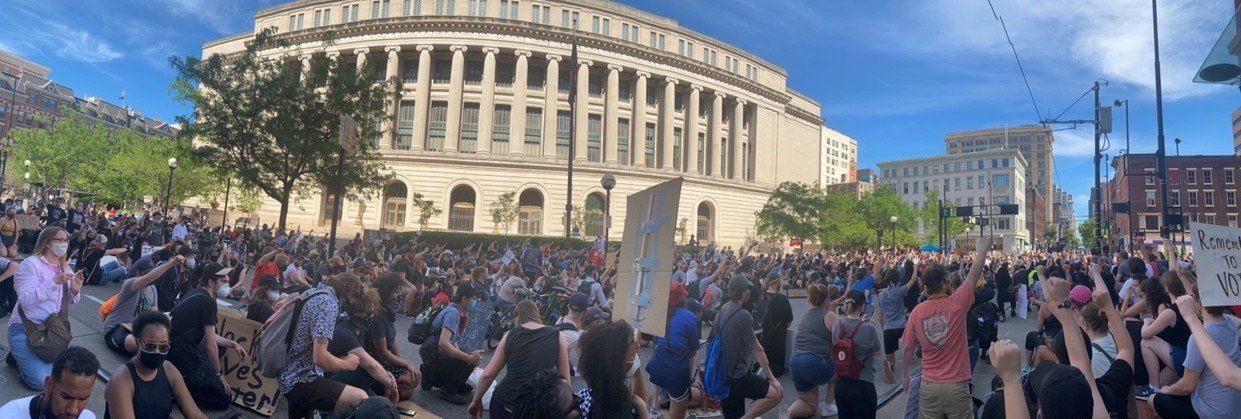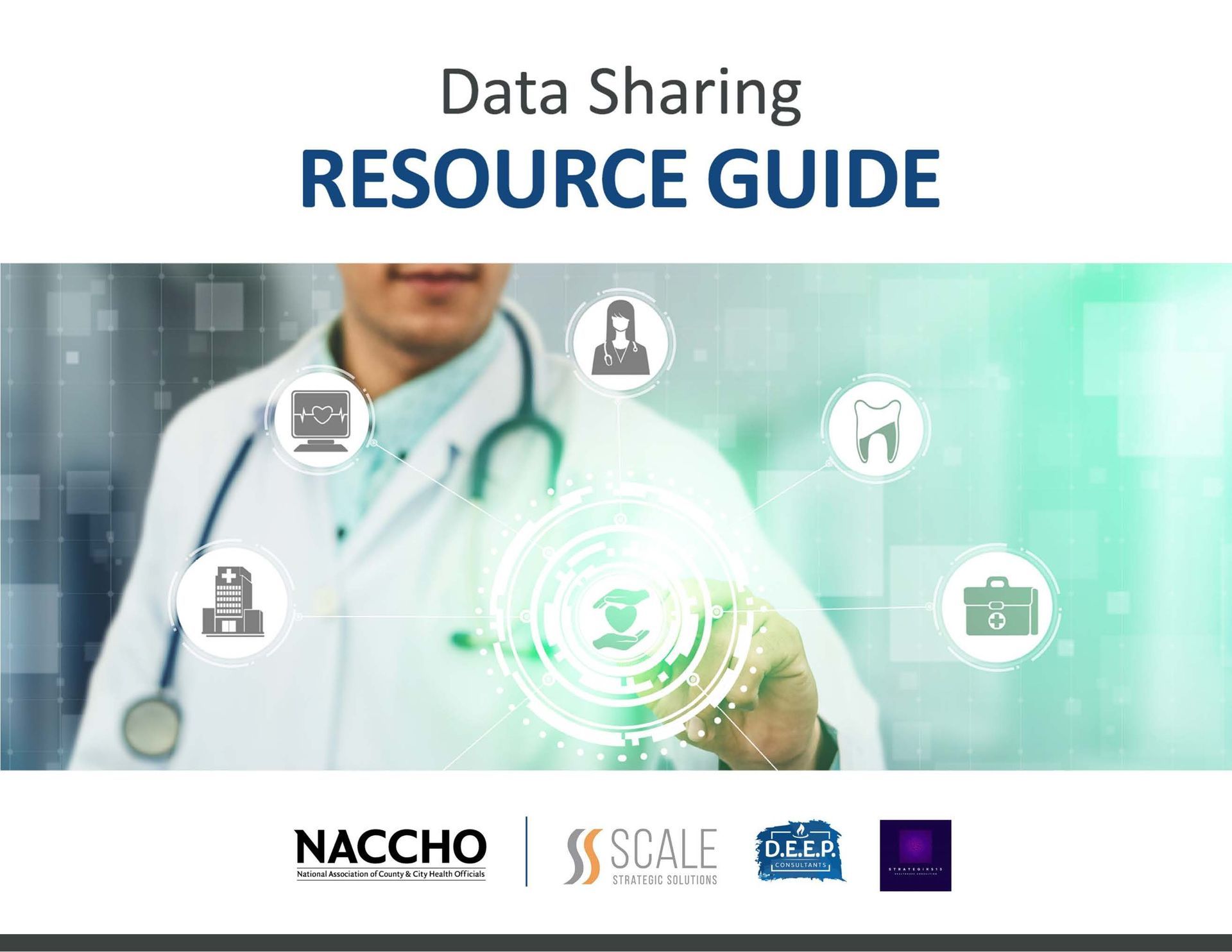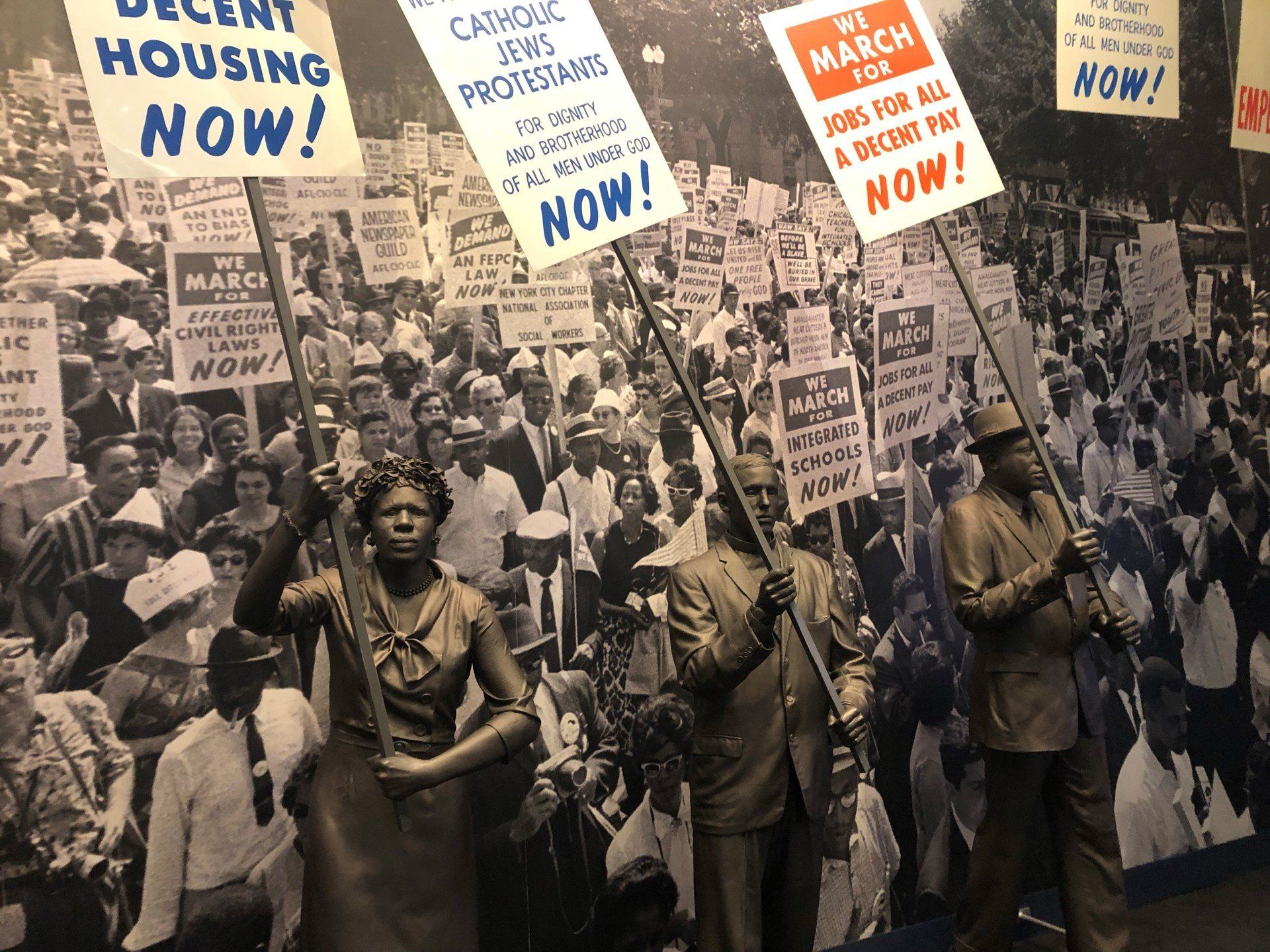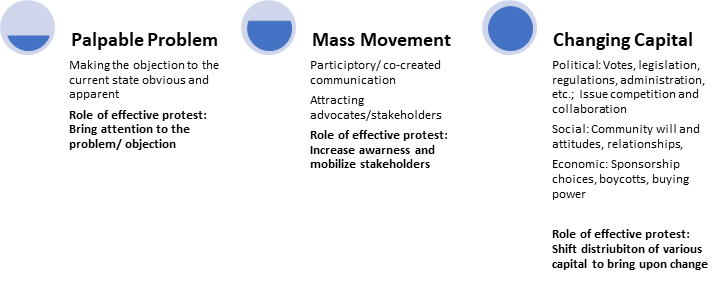Protesting dates back hundreds of years and has been utilized in a wide array of social justice movements. The Protestant Reformation started in 1517, where they nailed a treatise of abuses of Catholicism, by Martin Luther, to a German Church. The formation of the United States was influenced by the Boston Tea Party, a political protest that occurred on December 16, 1773 at Griffin's Wharf in Boston. Colonists were angry at Britain for imposing “taxation without representation,” and so they dumped 342 chests of tea, imported by the British into the harbor. Other history making protests range from the Women’s suffrage parade in 1913, civil rights sit-ins, marches and boycotts starting in the late 1940s, to first national march for Lesbian and Gay rights in 1979, to present day efforts in the Black Lives Matter (BLM) movement. Protesting is a way of publicly making opinions heard in an attempt to influence public opinion or government policy. Over the past several months, the BLM movement, accelerated by the killing of George Floyd, has taken to the streets to protest police brutality and vigilante violence as well as articulate a need for reform. Protesters have been pressing its demands within political and policy circles and they are inspiring new laws to be implemented like Breonna’s Law which was named after Breonna Taylor who was killed by police in her own home due to a no knock warrant. This law bans no-knock warrants in Louisville Kentucky. The tenets of BLM are not limited to the justice system and community policing but have also branched into the treatment of black lives in corporate America, education, and public health. These protests are also changing the way that policymakers and citizens are structuring policing. Protesting throughout history has been a vehicle to advocate for change. Protests are not simply rallies, marches, or kneeling but are also the seeds for attracting resources for advocacy strategy.
Making Good Things Happen
A blog that informs our clients about real world topics related to what we do as Scale Strategic Solutions!
Evaluating The Larger Strategy Behind Protesting Throughout History

As evaluators and capacity builders, it is important for us to understand the larger strategy encompassing protest to effectively study changes in policy and practice and support strategic improvements. Several organizations study and have organized frameworks around advocacy and policy, including the advocacy and policy change Composite Logic Model. Rallies and marches are identified as communications and outreach activities within the logic model. Protests are often in the form of rallies and marches, but protest may also come in the form of boycotts, public art, and occupation of public spaces. Protest is a part of the advocacy landscape that focuses on objecting to the current state of affairs and is a more prominent advocacy tactic for disenfranchised stakeholders. Well-resourced protest events and platforms may have strong inputs with advocacy infrastructure and message and strategy development in place before protest events occur. However, some protests emerge organically without advocacy planning and input and evolve over time by attracting more resources and refining messages and strategies. Below is our take on the key roles of protest in policy and advocacy change:
• The Palpable Problem: Protest is a means of making the problem, which may be ignored or underestimated, a palpable, obvious problem to the audience. The audience may be any combination of community members, policymakers, and decision-makers.
• Mass Movement: Protest aims to attract a critical mass of advocates around the problem through active participation. Protest may draw attention to the masses with published pieces, social media platforms and hashtags, rallies, marches, and other events. Protest is a participatory tactic that often aims for co-creation of communication with signs, chants, posts, etc. as compared to advocacy tactics that may be through formal media or public service announcements. Protest often happens in public physical or virtual spaces within the community.
• Changing Capital: Protests when effective put pressure on the distribution of capital in all of its forms. Because of its participatory nature, protest may be non-linear in its model for change and how to create capital for change. Protests can call for shifts in political capital with voter mobilization, policy making priorities, proposed legislation, and regulatory decisions. Protests can alter the social capital by creating community will and fortifying relationships among advocates; consistent protest may be used to shift the paradigms to see the current state as objectional. Pressure can also be put into economic systems through protests, ranging from boycotts to sponsorship choices, in addition to specific calls to action regarding allocation of funds to address the problem.
What’s your take on protest? What role does it play in bettering communities? What are the challenges of protesting as an advocacy tool? How should we study and evaluate protest?

In today’s data-driven world, local health departments (LHDs) play a critical role in shaping community health and advancing equity. Yet, to do this effectively, they need more than just national trends, they need access to localized, granular data that reflects the real conditions on the ground. Data sharing is not only a technical challenge but a strategic community-focused practice. When LHDs collaborate with community organizations such as schools, hospitals, social service agencies and law enforcement, they unlock new pathways to address public health challenges more effectively. Local data allows communities to identify emerging health threats, evaluate the impact of programs, and understand how the Social Determinants of Health influence well-being. Scale Strategic Solutions, in partnership with D.E.E.P. Consultants and Strategik513, is proud to announce the development of a robust, strategic roadmap designed to support public health professionals in leveraging data to improve population health outcomes and reduce disparities. Our team of subject matter experts collaborated closely with the National Association of County and City Health Officials (NACCHO) and local health departments to gain firsthand insights into the challenges and opportunities surrounding data sharing practices. This discovery process informed the creation of two key resources aimed at building data capacity in the field. The "Increasing Data Sharing Capacity for Local Health Departments" asynchronous training, alongside the complementary Data Sharing Resource Guide , are now available on NACCHO University , the organization’s online learning platform. At Scale, we are committed to advancing the culture of data sharing within public health ecosystems. These resources were developed to meet practitioners where they are, offering flexible, high-impact tools to drive meaningful improvements in health equity and data-driven decision-making. If your organization is interested in learning more or would benefit from a customized training solution tailored to your specific data sharing needs, we invite you to contact us . Together, we can empower local health leaders with the tools and knowledge needed to transform data into action.












